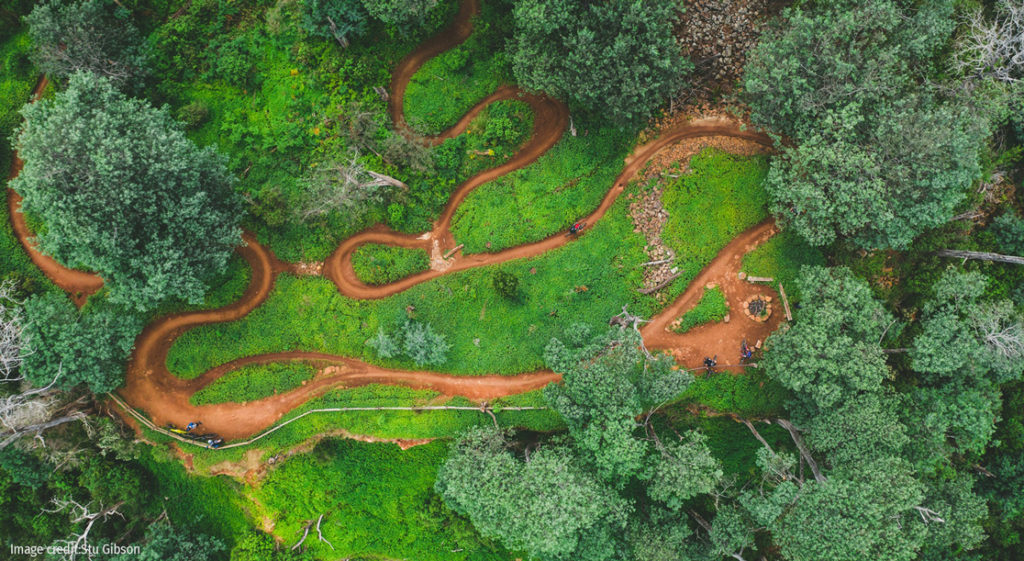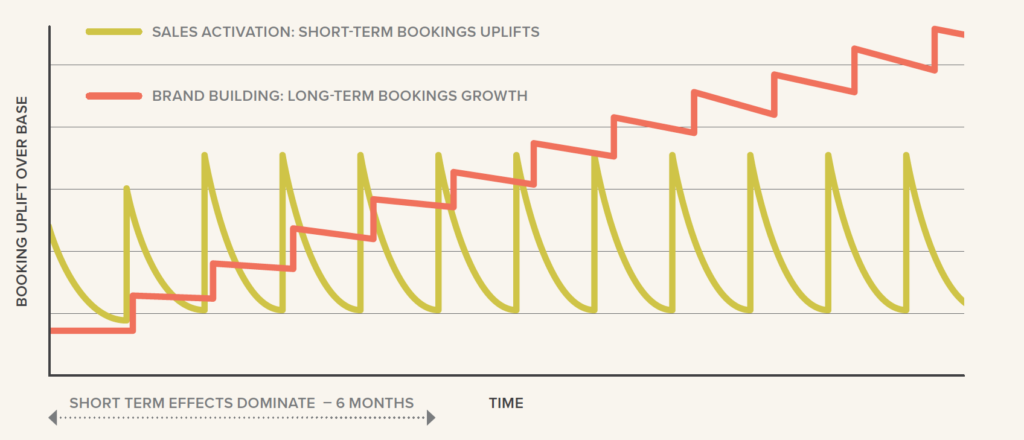By DMS
Today’s tourism world is highly competitive and cluttered with so many destinations all shouting about their attributes. The bigger the budget, the louder they shout. Sadly, it’s creating a sea of sameness. And COVID-19 has done little to calm the competition. Given all this, how do destinations stand out from the noisy crowd?
Way too often people treat beauty as skin deep. But what happens when everyone is gorgeous or beautiful? Or what happens to those who might be cool but just don’t quite have ‘The Look’?
Volvo have long understood that their point of difference was not the skin of the car (as cool as their design may have become) but its inner strength. They have owned safety from the outset. Yet safety can be perceived as boring.
Volvo clearly knows that emotion sells, not rational attributes alone. Selling safety is harder when you only focus on features and don’t pull on the proverbial heart strings. I promise not to bore you with the details. Check out one of their more recent advertisements (the 15 second version) that demonstrate that safety can be cool and emotive, all at the same time. https://www.youtube.com/watch?v=Sq0QzErOoag
So what about destinations? Do we lead with our beautiful beaches or mystic mountains? Culinary delights? Or our friendly people?
In short, no. Not unless they’re truly unique, which to be honest is highly unlikely. Don’t forget that attributes do play a role in the visitor or customer journey, but they simply won’t win over the crowd on their own. Even if it’s the right crowd (your target market).
Stand out from the crowd. Avoid the sea of sameness
There are five simple rules to being distinctive. Not everyone will like them but that’s OK. Let them just keep trying the same old same old.
One. Trying to be all things to all people vs Focus, focus, focus
Find your aspirational target market. Who is your perfect match or ideal visitor? Can you deliver on your promise? What is the positioning and experience offer that will resonate with them? Don’t worry, focusing on an aspirational target market doesn’t mean other markets won’t follow. They will as we all aspire to something: younger, cooler, healthier, more adventurous. But even more important is that it’s simply better to welcome the guests who we want.
Derby in Tasmania is an example of true, single-minded focus. They put all their eggs in the mountain biking basket; a decision that put them on the map. Not just in Australia but globally. While not everyone can be a Derby bringing focus in your own way will mean you stand-out to those who count rather than trying (and failing) to be everything to everyone. Dare to focus.

Two. Relying on attributes vs Finding your emotional territory
What is your point of difference? Does your emotional territory and positioning resonate with your target market? This is about the personality of your destination and winning both hearts and minds. Inspire the emotional connection and then back it up with the facts.
This is what Volvo do so well. Likewise, Nike doesn’t talk about its range of footwear or activewear. It talks about what you can achieve when you ‘Just Do It.’ Personal performance rather than the product attributes. Red Bull doesn’t talk about what’s inside the can. It captures their customer’s spirit of adventure and encourages them to push their boundaries. As they say, ‘Red Bull Gives You Wings.’ Dare to be different.
Three. Sugar-hit tactic vs Brand building
The pressures of instant gratification mean too often people choose the quick fix instead of creating sustainable outcomes. A vibrant visitor economy, like Rome, won’t be built overnight.
Set yourself up for success by laying down the foundations of a world-class destination brand (no, not just a logo). Then use it as a brand strategy should be used: the lighthouse to guide everything from the experiences you offer to the way you market your destination to the world.
New Zealand indulges in as much promotional activity as the next destination. The primary difference is that all that tactical activity is wrapped up in a world-class brand, 100% Pure New Zealand. Something that turns a short-term ‘sugar hit’ into sales that are sustained year after year as illustrated in the graph below. Dare to be strategic.
‘Brand Building vs Sugar-Hit’

Source: Marketing Effectiveness in the Digital Era, IPA Research Report
Four. Ivory tower vs True leadership
True leadership comes with the support of your community and industry. While not everyone will be on board all of the time (there will always be black hats among us), the most effective leaders make informed decisions, engage in genuine communication and share successes along the way. As the SKIFT 2020 Megatrends Report identified, ‘The Holy Grail of a sustainable tourism industry is one that residents feel good about too.’ Dare to lead.
Five. Talk about yourself vs Taking a walk in the shoes of your visitor
In simple terms, adopting a customer-centric approach is about knowing your customer (or visitor) and thinking about their customer journey, from their perspective.
This starts before their physical journey has begun. It needs to encompass three primary stages: pre-visit, in-destination and post-visit. Doing this will help you to increase visitor satisfaction and create advocates for your destination who will encourage more people to consider a visit too. Dare to learn.
Go on, what have you got to lose? Or more importantly, what have you got to gain?
Interested to find out more or start creating a roadmap for your destination? Send us a message at sayhello@destinationmarketingstore.com.au.


